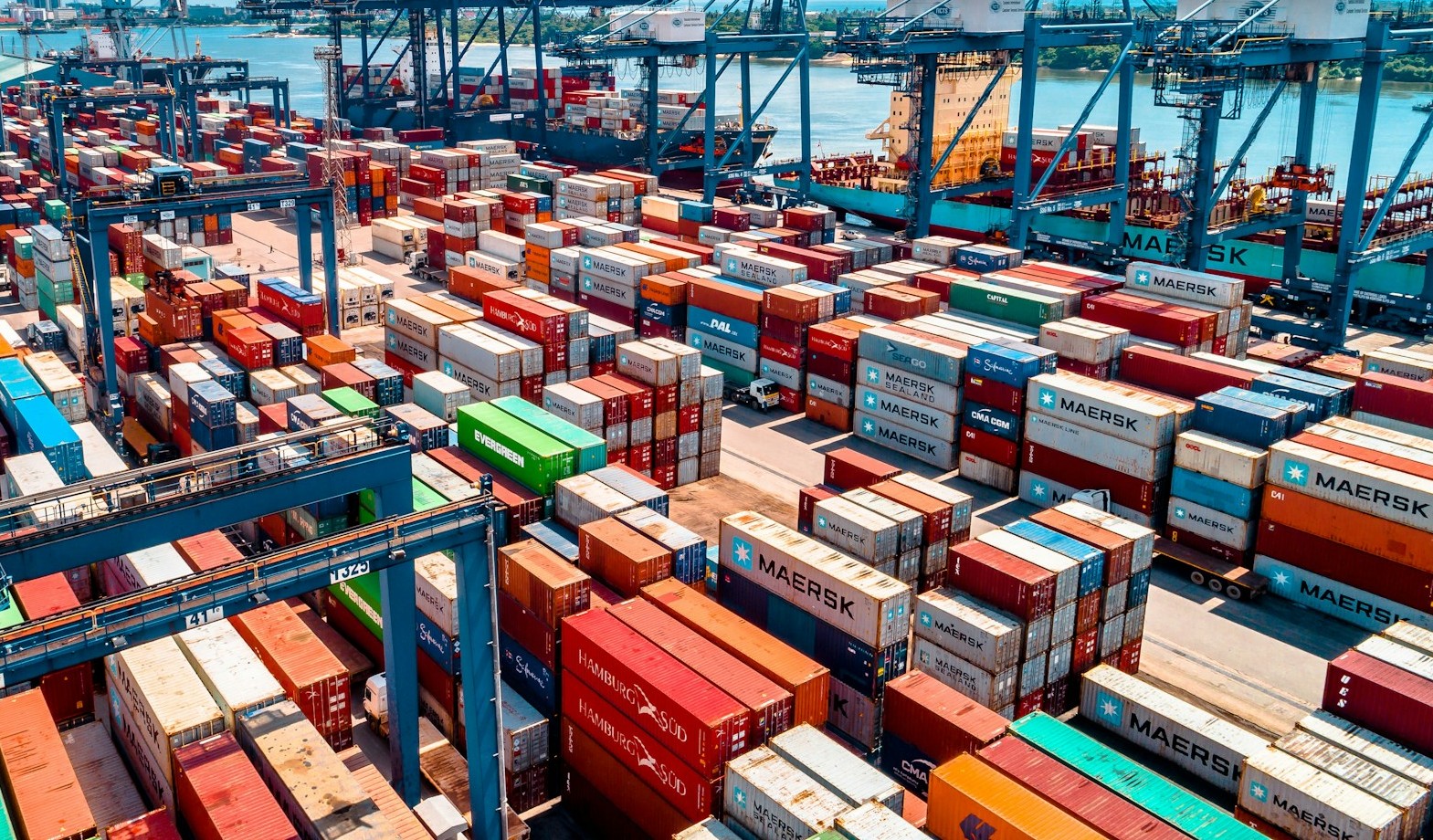Casablanca – Morocco is expected to reduce its wheat imports by approximately 200,000 tons in the 2025–2026 season, according to estimates released by the United States Department of Agriculture (USDA). This projection, which lowers the expected import volume to 6.7 million tons, comes in the wake of a notably improved agricultural season supported by favorable weather and increased domestic grain production.
The anticipated drop in imports signals a cautious but encouraging shift in Morocco’s path toward enhanced food security. It reflects improved cereal yields in several key agricultural regions and more strategic management of national grain reserves.
Favorable rainfall sparks recovery
A critical factor behind the improved outlook is the significant rainfall recorded in March and April, which revitalized crop conditions following a dry spell earlier in the season. The Ministry of Agriculture recently announced that national grain production is expected to rise by 41% this year. This growth is especially pronounced in the northern and western regions, which together contribute a substantial share of the country’s cereal output.
Although early-season drought conditions limited planting in some areas to just 3.2 million hectares, late rainfall offered a much-needed boost to key crops, particularly autumn cereals. Local reports confirm that regions such as Meknès, Taounate, and Taza have shown notable yield improvements thanks to timely precipitation.
However, the situation remains uneven across the country. In several central regions, the gains from improved rainfall have been offset by issues such as fungal diseases and widespread weed growth. Many farmers in areas around Fès have pointed out that the cost of agricultural inputs—including pesticides and treatments—has remained prohibitively high, preventing adequate intervention against crop-threatening conditions. As a result, while harvest expectations are improved compared to last year, they still fall short of pre-drought levels.
Early harvest and regional variability
The harvest season has already commenced in parts of the Abda and Doukkala regions, where farmers report moderately promising yields. In other areas, particularly those with delayed sowing due to earlier drought, the harvest is expected to begin toward the end of May or early June.
Despite the challenges, the current season is seen as a step in the right direction. The overall national grain yield is anticipated to surpass 40 million quintals (4 million tons), marking a notable rebound from previous seasons and helping ease pressure on import needs.
Import strategy and trade diversification
The decline in wheat imports is also linked to Morocco’s evolving approach to food trade policy. Over recent years, the country has worked to diversify its sources of wheat, securing supplies from France, Russia, and Kazakhstan. This diversification has allowed Morocco to navigate fluctuations in international prices more flexibly and to avoid over-reliance on any single trading partner.
Unlike countries such as Egypt, which remain heavily dependent on global markets for wheat, Morocco is gradually moving toward a more balanced model that integrates domestic production with well-managed imports. This approach has gained relevance amid increasing concerns about climate volatility and geopolitical tensions affecting global food supplies.
Agricultural observers see the expected reduction in wheat imports—equivalent to the cargo of roughly four ships—as a symbolic but important milestone. It reflects improved national planning, stronger harvest performance, and a broader commitment to building agricultural resilience.
The path ahead
Experts caution that while the current season offers relief, Morocco’s agricultural sector remains vulnerable to climate change, particularly shifts in rainfall timing and distribution. The recent success has largely depended on beneficial weather patterns during key months, which may not be consistent year to year.
Continued investment in sustainable agricultural practices, improved seed varieties, and expanded irrigation infrastructure will be essential to maintain progress. Further, ensuring access to affordable inputs such as fertilizers and crop treatments will play a crucial role in helping farmers protect yields against diseases and invasive species.
Despite ongoing challenges, Morocco’s progress this season marks a positive development. The combination of favorable weather, improved local production, and refined import strategies demonstrates the country’s capacity to adapt and move toward greater food sovereignty. As the harvest continues across the country, national attention is turning to maintaining momentum and ensuring a stable, secure food supply for the coming year.















